Tiny Black Bugs in House Near Windows: How to Identify and Get Rid of Them
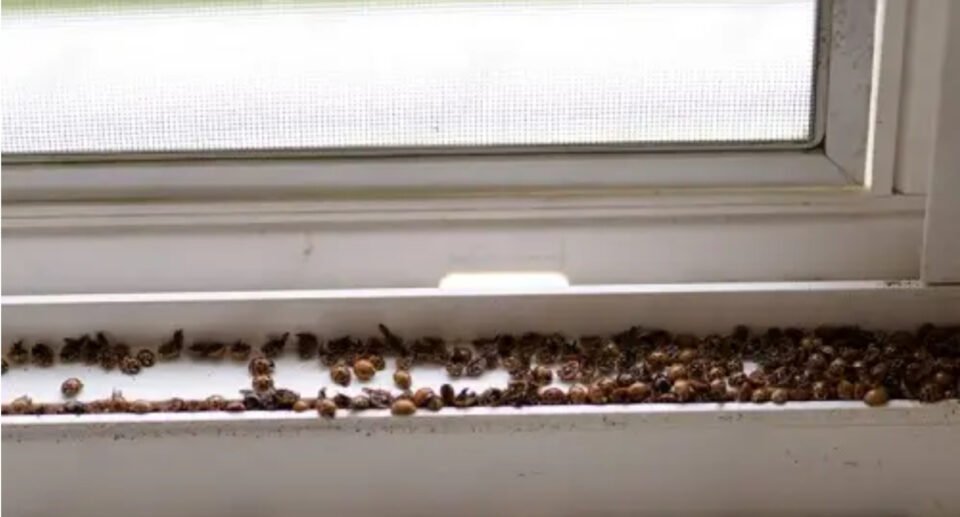
Table of Contents
ToggleHave you ever noticed tiny black bugs crawling around your house near the windows? If so, you’re not alone. Bugs can easily enter a home through the windows. Some minor issues can be fixed with a thorough cleaning, but other times professional assistance may be required.
In this article, we’ll explore the most common culprits of windowsill pests, including clover mites, carpet mites, booklice, ants, phorid flies, gnats, house flies, and drain flies. We’ll also provide tips on how to identify these pests and get rid of them to protect your home.
Key Takeaways
- Tiny black bugs near the windows are a common problem in many households.
- Clover mites, carpet mites, booklice, ants, phorid flies, gnats, house flies, and drain flies are the most common culprits of windowsill pests.
- Thorough cleaning, professional assistance, and preventative measures can help keep tiny black bugs near the window in your house at bay.
What are those tiny black bugs in your house, near the window?
If you have noticed tiny black bugs near your window, it could be a sign of an infestation. Some of the most common tiny black bugs found near windows include carpet beetles, booklice, and drain flies. These bugs can enter through cracks in the window or when the window is left open. It is important to identify the type of bug infestation you have and take appropriate measures to get rid of them.
Identifying those little windowsill bugs
If you have noticed tiny bugs on your windowsill, it is important to identify them before taking any action. A magnifying lens and a strong light can be useful tools to help you identify the bugs. Here are some things to look for:
- Color: Observe the color of the bugs. Bed bugs are reddish-brown, while clover mites are brown or red.
- Body shape: Look at the shape of the bugs’ bodies. Bed bugs have a flattened, oval body, while carpet mites resemble brown ladybugs.
- Number of legs: Count the number of legs on the bugs. Most insects have six legs, but mites, which are related to spiders, have eight legs.
Booklice are small, gray insects that resemble dust on the windowsill. They feed on mold and thrive in damp environments, which is why windowsills are a common location for them. They will also consume any small amounts of algae or fungi that grow there.
Carpet beetles are another type of insect that can be found on windowsills. These insects are attracted to carpets and can cause damage to them if left unchecked.
Once you have identified the type of bug on your windowsill, you can take appropriate measures to eliminate them. It is important to keep the windowsill clean and dry to prevent the bugs from returning. Regular cleaning and vacuuming can also help to keep the bugs at bay.
Mites
Mites are small, orb-shaped insects with eight legs and no wings. They are typically found near windows and can be bothersome, but generally not harmful. There are several types of mites that can be found near windows, including clover mites, carpet mites, and booklice.
Clover mite
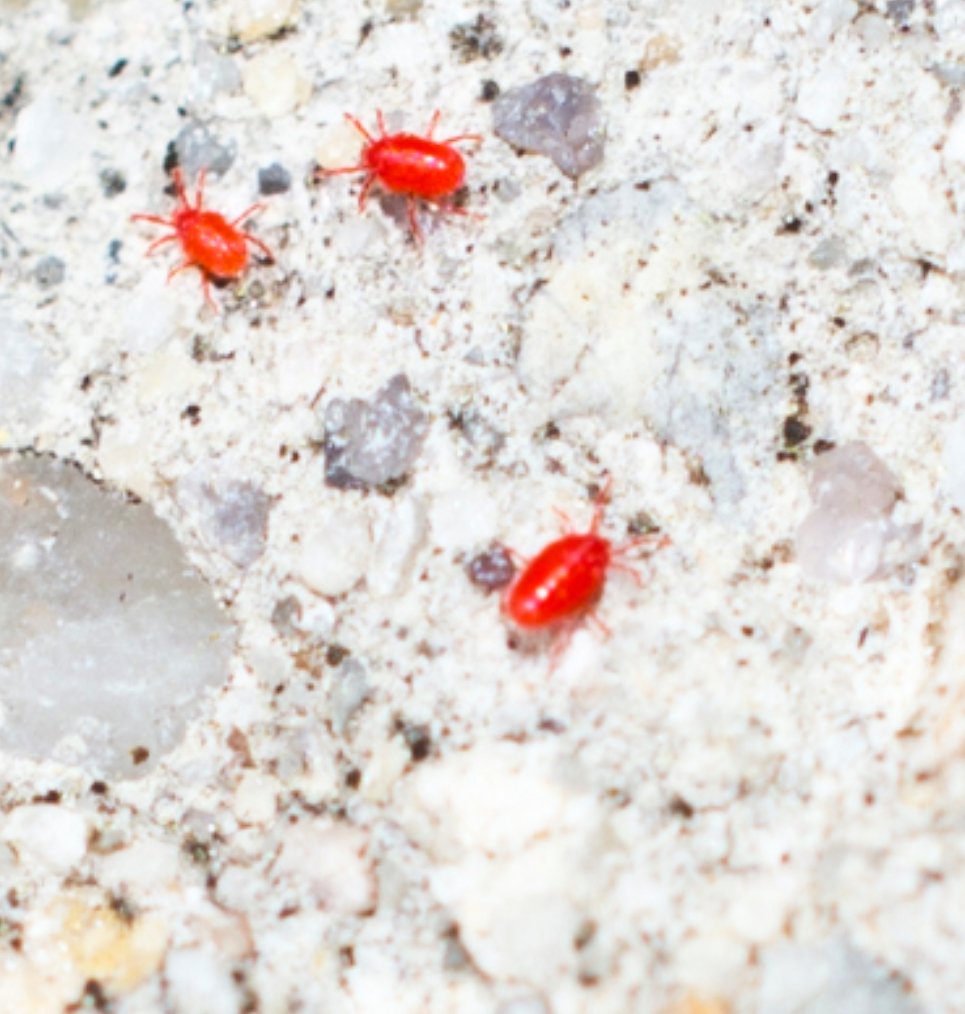
Clover mites are tiny, pinhead-sized insects that are brown or red up close but appear black from a distance. They are attracted to windows that receive a lot of sunlight. While they are widespread, clover mites are harmless and do not pose a threat to humans or pets.
To get rid of clover mites, simply use a vacuum cleaner to suck up all the mites you can locate. Once finished, quickly empty the contents of your vacuum to prevent the mites from crawling back out. This will also help prevent discoloration in your home.
Carpet beetles

Carpet beetles are larger than clover mites and have a hard, oval shell. They are typically black or brown with black and white spots and prefer animal fibers and leather. Carpet mites are often found in carpets, furniture, and other fabric goods.
If you find carpet beetles on your windowsills, they may have come from curtains, neighboring furniture, or a new item that was already infected. While carpet mites do not pose a threat to humans or pets, they can cause significant damage to furniture, upholstery, blankets, clothing, and other fabric goods.
To get rid of carpet beetles, treat the affected area with boric acid and vacuum within two hours. You can also try natural methods like essential oils, vinegar, or food-grade DE (diatomaceous earth). If the infestation is severe, contact an exterminator for assistance.
Booklice
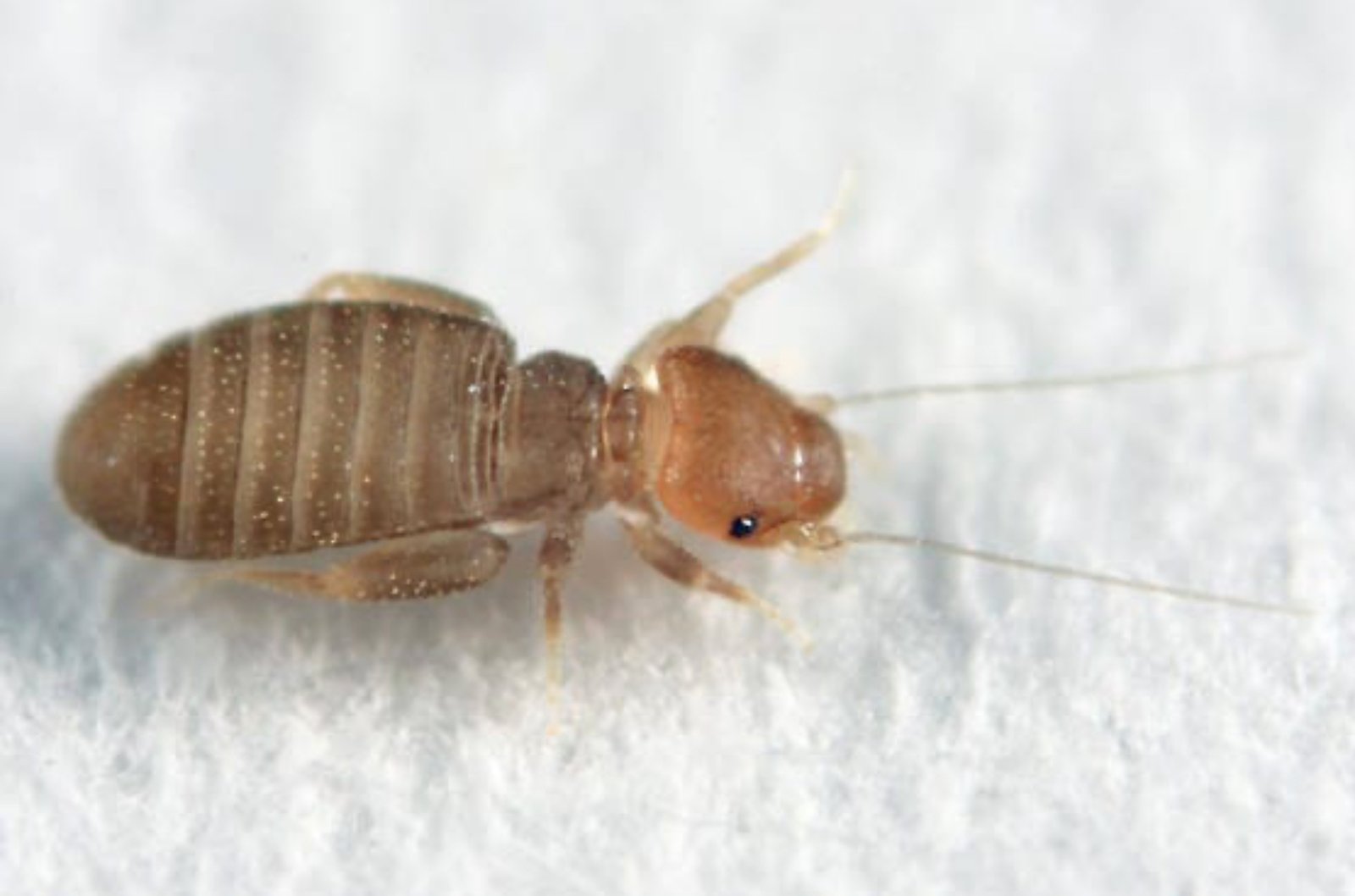
Booklice, also known as psocids, are small grey beetles that thrive in humid situations and feed on mold and fungus. They are often found around windows where condensation accumulates and can be found in furniture, wallpaper, potted plants, and books.
While booklice do not bite, spread illness, or cause harm to food or cloth, they can be highly bothersome. To control booklice in your home, reduce the relative humidity to less than 50% to prevent mold formation. Mold is a food source for booklice. An air gap beneath potted plants on window ledges will also reduce humidity. Clean your window sill with antifungal or mild bleach regularly to prevent the little grey bugs from returning.
Ants
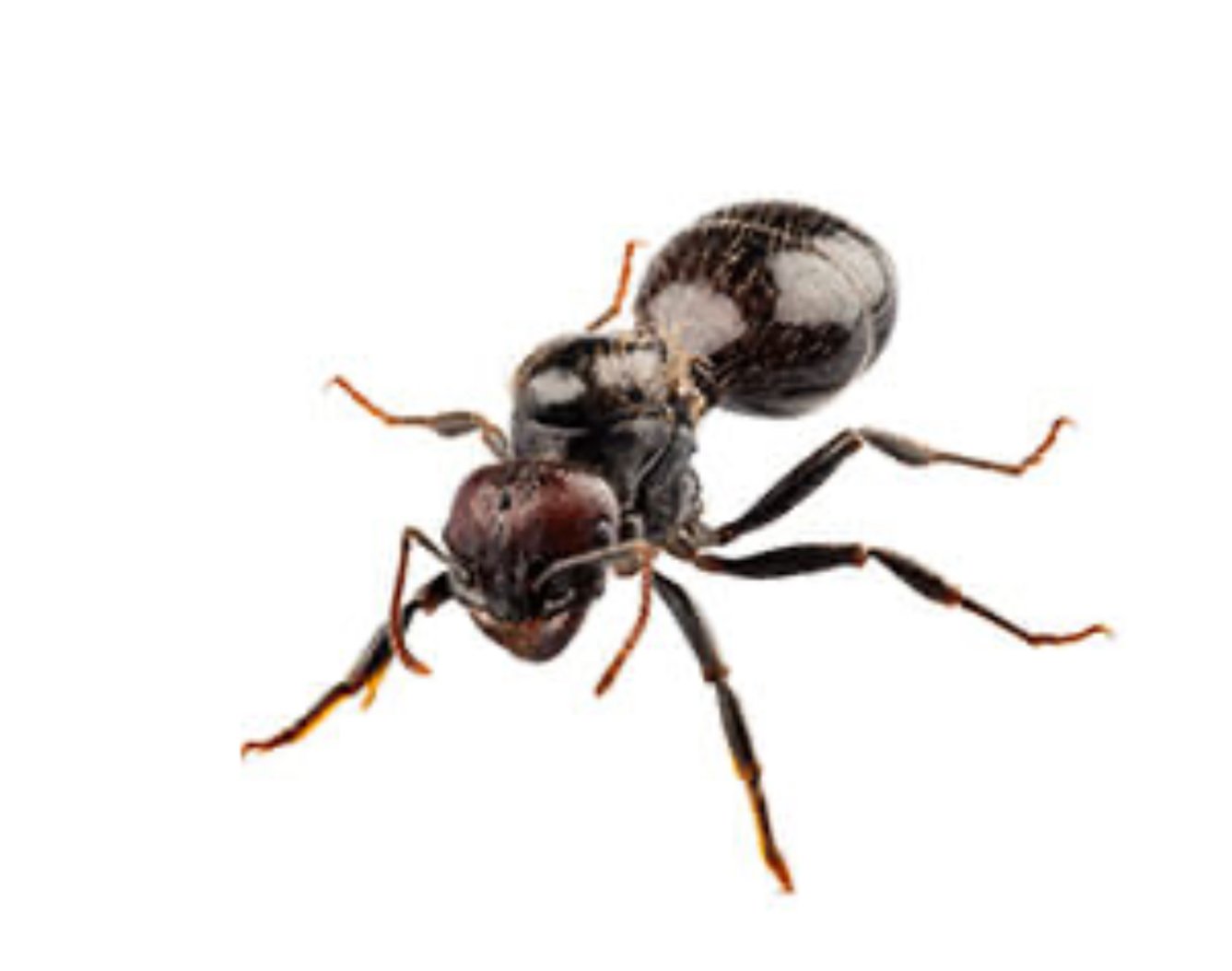
Ants are easily identifiable by their three separate orb-like body sections that make up a head, midsection, and rear, two antennae, and six legs. They prefer to live and travel in colonies, so even one ant may indicate the presence of many more.
A solitary ant or two may find their way into your window if they’ve come in from your yard or garden in search of nourishment. A swarm or trail of ants might indicate that they are attempting to nest someplace in your home. Ants will attack the wood in your home, digging holes and tunnels to deposit eggs and establish colonies.
To eliminate an ant infestation, you must eliminate the nest. While ants are the most visible easy-to-recognize tiny windowsill bug, they can also be the most difficult to get rid of on your own. If you suspect an infestation, call an exterminator for assistance.
Phorid flies

Phorid flies, also known as hump-backed or scuttle flies, are tiny black bugs that live near windows. They are distinguished by their distinctive hump-back, which is used to retain fat reserves. Phorid flies frequently prefer to scurry about on your windowsill rather than fly away. They live outside around flowers and decomposing debris and breed wherever there’s enough moisture.
While phorid flies are not hazardous, they can be a nuisance. To get rid of phorid flies, you must determine where the flies are nesting. Look for items like rotten vegetables in bins, condensation pans under refrigerators, holes in piping in basements, and anywhere else that may be wet or where organic material may be decomposing. Once you’ve located their nest, clear up whatever the flies are feeding on. Sanitation is the best way to combat phorid flies.
Gnats
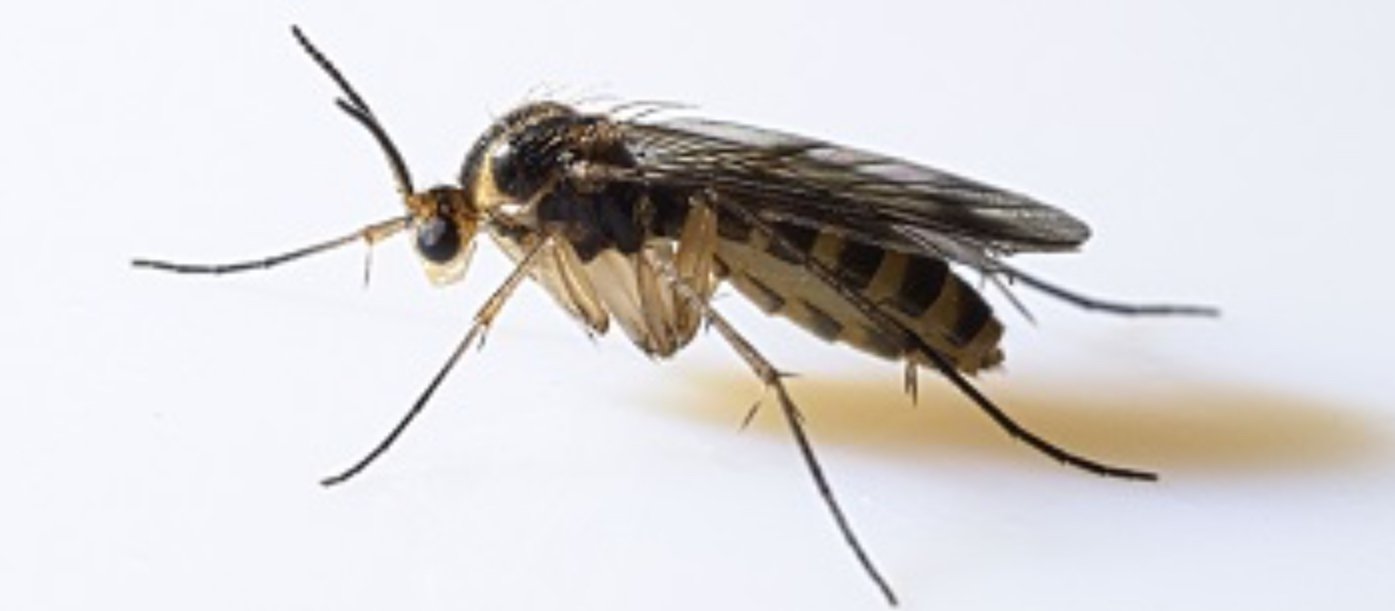
Gnats are small, flying insects that are attracted to decaying organic matter, moisture, and any other food source in your kitchen or trash. While they may seem harmless, their presence can quickly become irritating.
To get rid of gnats, locate and eliminate their breeding grounds. Check for overripe fruits or damp soil in houseplants. Keep your kitchen clean, ensuring there are no lingering crumbs or spills. DIY vinegar traps are your secret weapon – a little apple cider vinegar in a jar with a drop of dish soap will attract
How can I keep tiny black bugs near the window in my house at bay?
Tiny black bugs near the window in your house can be a nuisance, but there are several ways to keep them at bay. Regular cleaning and treatment of your windows and their surroundings can be effective in preventing these pests from swarming around them. Here are some simple actions to help keep windowsill bugs at bay:
- Store food and consumables in a cool, dry place to avoid attracting insects.
- Vacuum regularly to keep the area around the windows free of dust and dirt. Be sure to vacuum the window screens, baseboards, cracks, and crevices.
- Use a bleach solution to wipe off the windows and sills, killing any mold or bacteria that may be attracting the bugs.
In addition to regular cleaning, there are some easy options for window treatment that can help prevent the infestation of tiny black bugs. Here are some options:
- Apply a chemical treatment to the outside borders of your windows. These treatments are available at any hardware store and can be effective in keeping pests away.
- You may spray or dust the inside of your window frames with diatomaceous earth (DE) to keep pests at bay. DE is a natural and safe option that can be found at most garden centers.
- Windows that smell like peppermint or other essential oils are inviting to us but not pests. You can use essential oils as a natural repellent for tiny black bugs.
Frequently Asked Questions
Identifying tiny black bugs near windows can be quite challenging. However, some of the most common types of tiny black bugs found near windows include drain flies, carpet beetles, and clover mites. Drain flies are usually gray or tan with light-colored wings, while carpet beetles are small, round insects that have dark brown or black bodies with mottled splotches of red, pale, or orange coloration. Clover mites, on the other hand, are brown or red and are a close relative of ticks and spiders.
To eliminate tiny black insects in your home, you should first identify the type of bug you are dealing with. Once you have identified the bug, you can take the necessary steps to eliminate it. For instance, you can follow them to locate their food source, cut off their water source, destroy their shelter, and deep clean your home. Additionally, you can use natural remedies such as diatomaceous earth, essential oils, or vinegar to control and eliminate tiny black bugs.
Small black bugs in your house may or may not cause any damage, depending on the type of bug you are dealing with. For instance, carpet beetles can cause damage to natural fibers like silk, wool, cotton, fur, leather, and feathers. On the other hand, drain flies do not cause any damage but can be a nuisance due to their presence.
Tiny black bugs around windows at night are usually attracted to light sources. They may also be attracted to moisture, warmth, and food sources. For instance, drain flies are attracted to moist areas like drains and pipes, while carpet beetles are attracted to natural fibers like wool and silk.
Tiny black bugs in your home may or may not pose a health risk, depending on the type of bug you are dealing with.
For instance, drain flies are not known to transmit any diseases, while carpet beetles can cause allergic reactions in some people.
However, it is always advisable to take the necessary steps to eliminate any bugs found in your home to avoid any potential health risks.
Several natural remedies can help control and eliminate tiny black bugs in residential areas. Some of the most effective natural remedies include diatomaceous earth, essential oils, vinegar, and boric acid.
These remedies work by either killing the bugs or repelling them from your home. However, natural remedies may take longer to work than chemical insecticides. They may also require repeated applications for best results.

Hello, I’m Keith Jones. I’m the author and head of content here of door and window guide. I’ve been in the window and door industry for over 10 years in the UK and North America. I’ve had quite a few roles during my career mainly in Worldwide sales. I’m now semi retired so I thought I’d put my knowledge to good use educating people about all they might need to know about door and window related topics.






